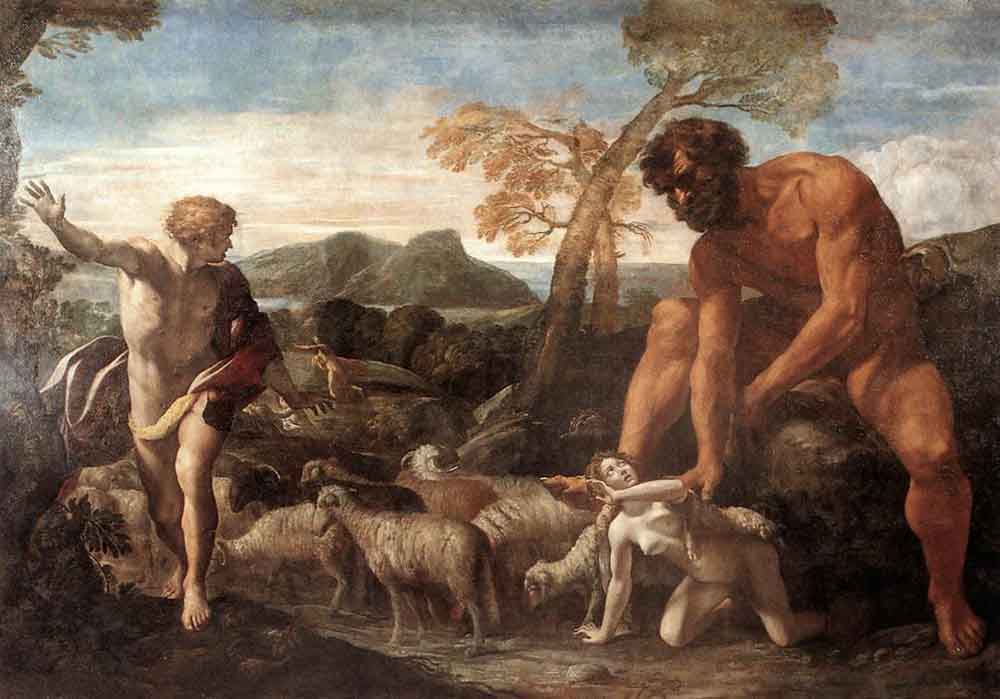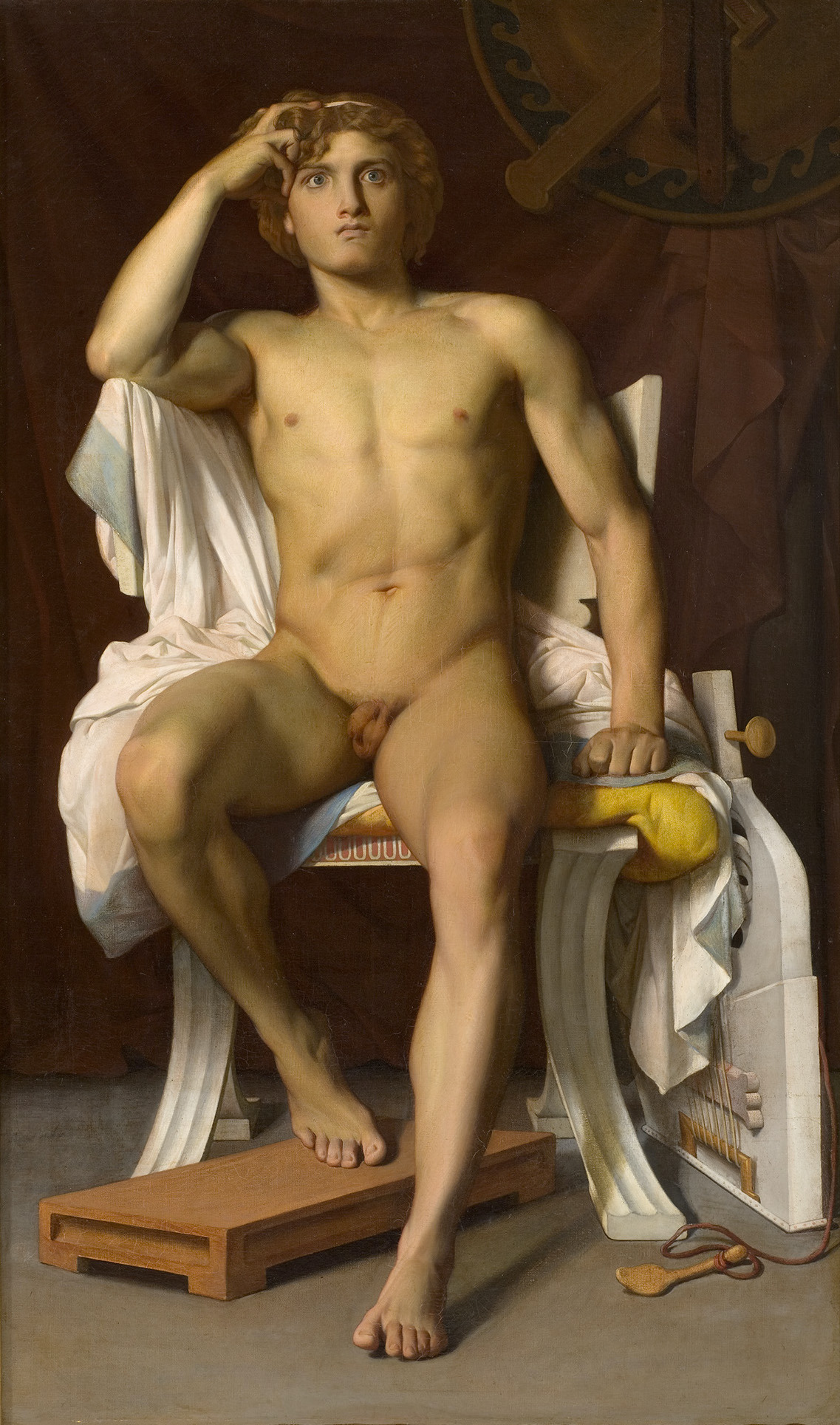Wie treu sind deine Blätter
Dec. 19th, 2024 06:58 pm
The previous week or so was pretty busy. On Thursday the fifth, there was a Kevin Geeks Out that was different from the usual format. Kevin Maher wrote his own parody of a Hallmark Christmas movie, which was about a vampire lawyer from New York going to a small town in Vermont and falling in love with a werewolf. It was mostly just people performing, although it did have costumes and stock projected backgrounds to set the scenes. As such, they could include the sort of jokes common in radio comedy, where they wouldn't work if you could see what was happening. There was one bit about a piece of art that the protagonist loved and thought would win a contest, which was later shown to be nutmeg with googly eyes. And the inhabitants of the Vermont town had different regional accents, like a Minnesota one for the woman who owned the local diner. There were a few presentations of the more normal sort, one about courtroom scenes in holiday movies and another about how vampires and werewolves hate each other, but they were presented in-character. I get the impression that the rivalry between vampires and werewolves in fiction is fairly recent, like that between elves and dwarves. Interestingly, Tolkien actually used both, the Elf/Dwarf thing being well-known, but there are references in Beren and Luthien to how much vampires hate werewolves, even though both serve Sauron. But in folklore, there was a lot of overlap between vampires and werewolves. Dracula could control wolves and turn into one.

On Sunday, we went with Beth's mom and Uncle John to Batsto, where they had exhibits about the village in the old days, with the mansion being open to guests.

There also had free hot apple cider and cookies, and horse-drawn carriage rides.


We also visited one of the new Spirit Christmas stores, where we walked around the whole place but didn't buy anything.

I did stand in the giant Santa boots. And I like these snack-themed pillows, although I don't know if I'd want to own one.

Tuesday was a Micky Dolenz show at the City Winery in Manhattan, held in the upstairs area where we hadn't been that often before, if at all. They have tables so people can eat food and drinks, but it's an awkward way to watch a concert when the seats aren't actually facing the stage. We'd heard most of the songs he did and his introductions to them before, but he did do Buffalo Springfield's "For What It's Worth," and he mentioned that Stephen Stills was Peter Tork's roommate, and he also auditioned for the Monkees.

There were two Christmas songs in the mix, "Riu Chiu" and "Run Rudolph Run," which the band played without Micky. That song sounds a lot like "Johnny B. Goode," which was also in the setlist.

Paul Schaefer introduced the show, talking about how he worked with Don Kirschner and doing an impression of him, and he played keyboard on a few of the later songs.

Then we saw Micky again on Sunday at the Bergen Performing Arts Center. Beth had bought tickets for that one before the New York show was announced, and tried to sell the tickets, but was unsuccessful.

It was mostly the same, but he did play Elton John's "Your Song," which he hadn't at City Winery. He introduced it by talking about how he and Elton wore the same T-shirt at a party in Los Angeles.

There was also a screen, they had an intermission, and Paul wasn't there. This was after we tried to find a store in a nearby mall and not only didn't, but most of the stores were closed on a Sunday during the holiday shopping season.

I know online ordering has killed a lot of physical shopping, but I'm sure there would still have been some. It might be some weird county rule, as some of the Targets around there were also closed.

We had tickets for Lightscape at the Brooklyn Botanic Garden on Thursday, and it was pretty similar to past years, but not exactly the same. Everything looks really pretty lit up while you're there, but it doesn't photograph that well. It was really cold out that night, despite the weather generally being incredibly warm for this time of year as of late, which was another reason I didn't want to take a lot of pictures. The Singularity and the butterflies in the pond outside the conservatory were cool.


They Might Be Giants played at Kings Theatre in Brooklyn on Friday night (the thirteenth), and it was a longer than usual show with no opener and an intermission.


It's a big venue, and it looked pretty full. John Flansburgh said at the beginning that they were showcasing John Henry, and they did eight songs from that album: "Snail Shell," "Unrelated Thing," "Spy," "No One Knows My Plan," "Dirt Bike," "Meet James Ensor," "Out of Jail," and "The End of the Tour." John Linnell did a bit presumably based on an old record commercial during the improvisational bit of "Spy," which I think he also did the last time we saw the band live. And Flansburgh mixed up the lyrics to "Dirt Bike," but since it's not a song they do often and a lot of the words are just "[da-da-da] dirt bike," that's understandable. They recently brought back the Stick, which is literally a big stick that Flans bangs on the stage for "Lie Still, Little Bottle," a bit that theyhadn't done in a long time.

Horn players Mark Pender, Dan Levine, and Stan Harrison joined the band on some songs, and Dan Miller played the solo at the end of "Damn Good Times" from the balcony.


Flans also talked about how he was responsible for the drones flying over New Jersey.
We finally got our Christmas tree on Tuesday, and decorated it yesterday. I know it's late in the month, and we ended up getting a smaller one than usual, but that means it took less time to set it up.


I don't know that I'm feeling that festive just now, but it's something I would have regretted not doing. I've never been someone who disliked the holidays; they were just a lot easier when other people were setting them up.




























